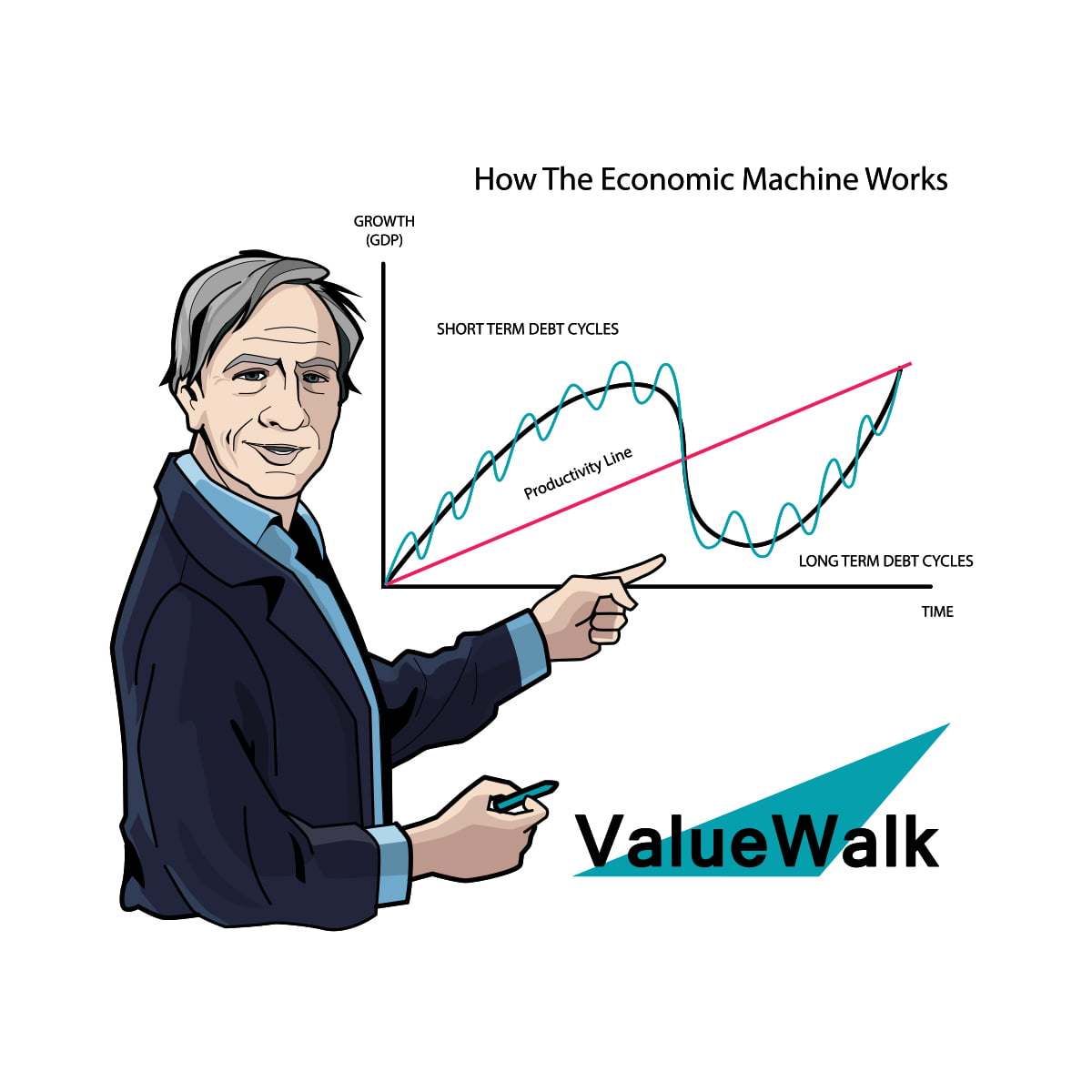With the employment numbers in, the USD and rates are acting heavy. The USD index is down another 37bps as of this writing largely on the back of yen and euro strength. Meanwhile, 10-year treasury rates are back to the April lows and briefly hit 2.15% minutes after the report was released. The market, it seems, is discounting that a lower neutral rate than anticipated may be in the cards this cycle. After all, employment continues to grow and inflationary pressures remain muted so far. At the same time, consistent tightening of some form (higher short rates or balance sheet reduction or both) is likely be a feature of this late cycle environment as the Fed will find it difficult to hold tight with the unemployment rate 4.3% and falling.


The U-3 unemployment rate fell to a 17-year low, while the U-6 rate fell to 9-year low and is in line with the lows seen in the 2006-2007 period. The further drop in the unemployment rate is likely to put some additional pressure on wages, as the second chart below shows, which is likely to keep the Fed on its tightening track.


Total employment continues to slow on a year-on-year basis, consistent with a late cycle environment. As wages rise, company’s impetus to hire diminishes, and we expect a continued slowing of employment growth in the months and quarters to come. The unemployment rate is still likely to fall even as rate of employment growth slows.

All this puts significant pressure on the yield curve. A June rate hike was already in the cards, but September/December and balance sheet reduction will likely be on the table as investors discount the confluence of a tight labor market (forcing the Fed’s hand), a lower neutral rate and slowing economic data.







